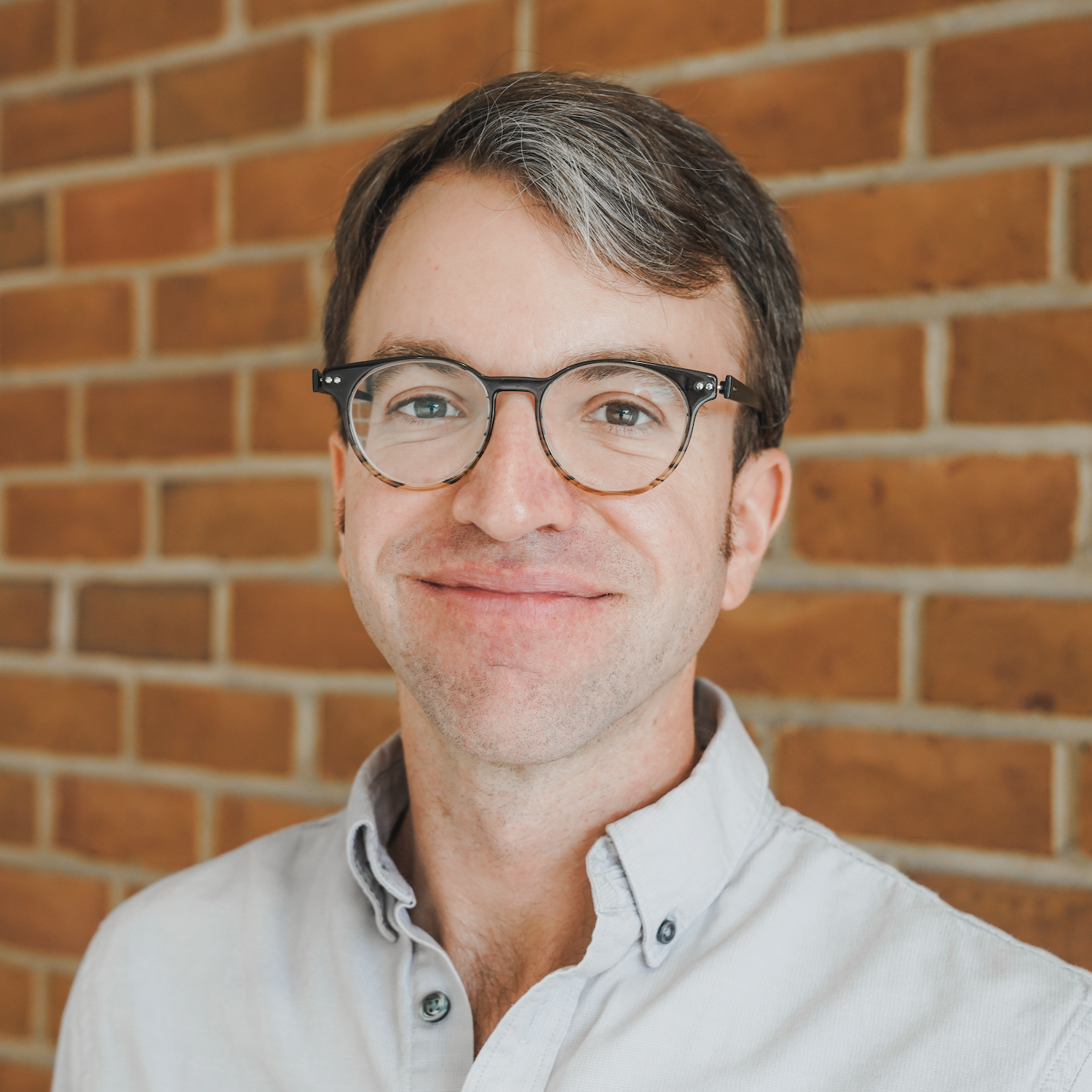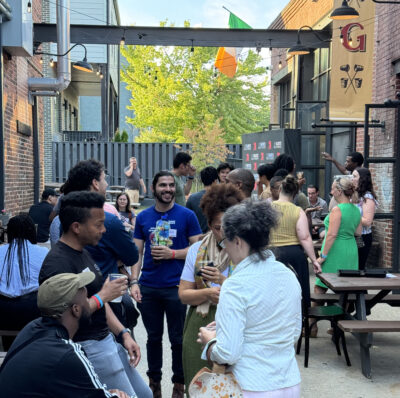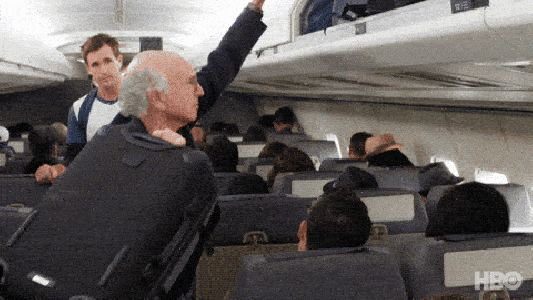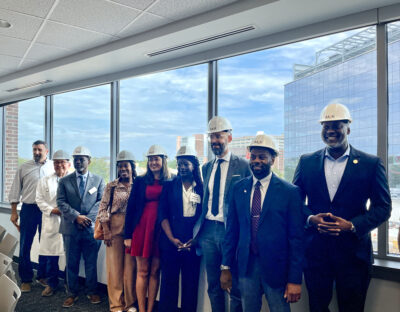After three years, the Baltimore Police Department has wrapped up implementing a package of transparency measures passed by City Council.
The final piece was a move to post 911 call data on the OpenBaltimore portal. The dataset includes the call date and time, reason, location (block) and the priority.
See the data
City Councilman Brandon Scott, who shepherded the transparency legislation through Council in 2012, said the data can help people discover why they may have a slow 911 response time.
“If you go to community meetings, the first thing you’re going to hear from citizens is, ‘Hey, I called 911 and I had to wait X amount of time before an officer came,'” he said.
Along with verbal explanations from police leaders, the data could provide evidence that a more serious incident may be causing a delay, Scott said.
“If there are more serious things going on in your neighborhood, now you know why you’re having that delay time,” he said.
Posting the data involves a script that takes every call logged into the city’s Computer Aided Dispatch (CAD) system, and populates it on the OpenBaltimore portal, according to information provided by BPD. In between the CAD system and portal, the information goes through a city-run data warehouse. When we checked on Monday morning, calls were being added to the list in approximately two hours’ time, or a little less.
The release also provides a new resource for civic hackers. The dataset was posted Friday, and Ryan J. Smith made a map using call data from the month of protests that gave way to rioting immediately following Freddie Gray’s funeral.
See the map
Smith worked with Shea Frederick to make a map of incidents based on scanner data in real ime on April 27. A report on city officials’ handling of the unrest issued last week by Johns Hopkins University researchers noted that callers reported busy signals and extended wait times during the incident.
Using the newly released city data, OpenStreetMap and CartoDB, Smith produced a time-lapse map that shows lasting effects were present in the days that followed.
Before you go...
Please consider supporting Technical.ly to keep our independent journalism strong. Unlike most business-focused media outlets, we don’t have a paywall. Instead, we count on your personal and organizational support.
Join our growing Slack community
Join 5,000 tech professionals and entrepreneurs in our community Slack today!





